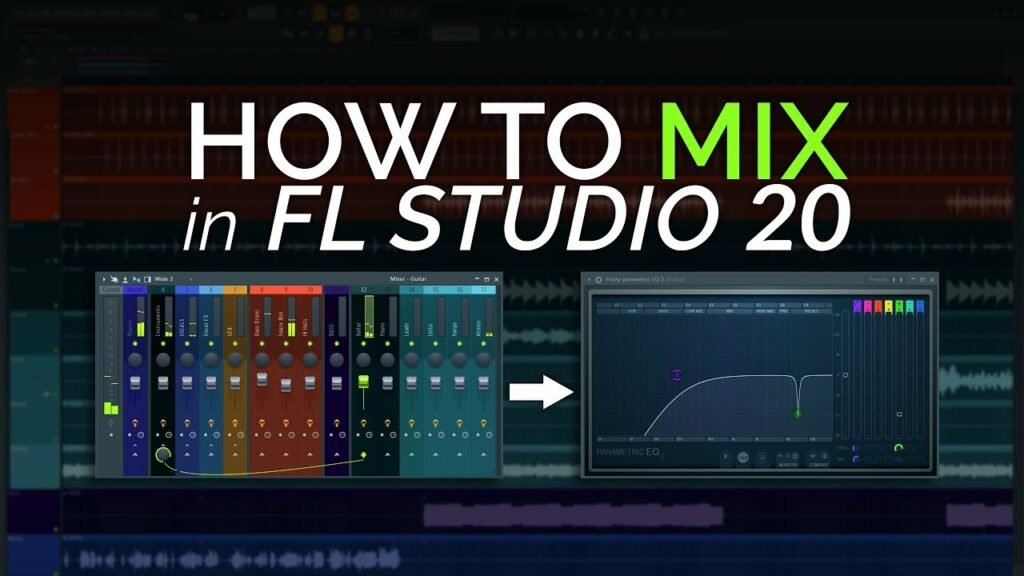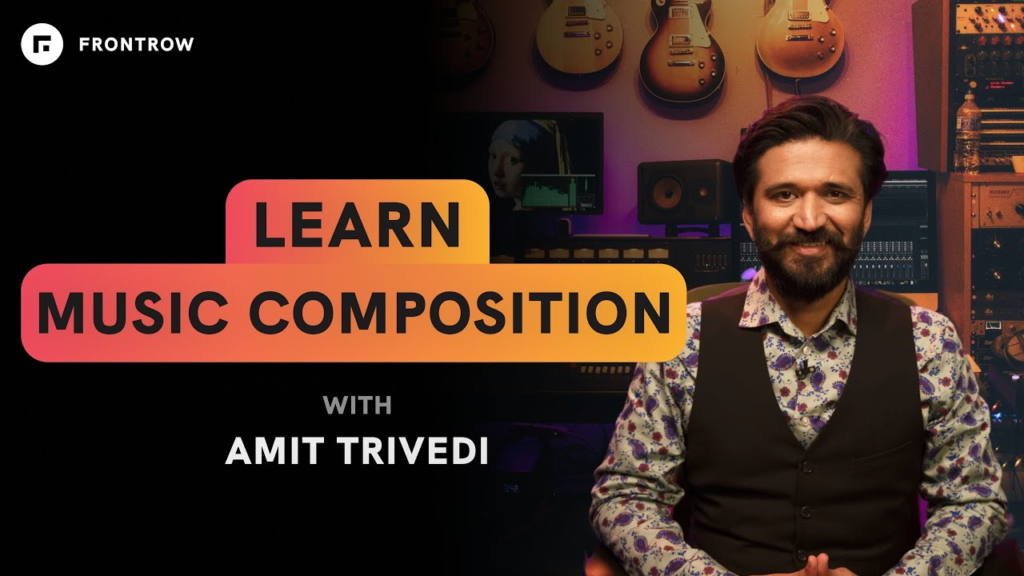
How to Mix in FL Studio 25
hello and welcome to another tutorial I’m today I’m going to be showing you how to get started with mixing in FL Studio we’re going to be covering all the basics and I’m going to give you sort of a three step guide to have to mix inside FL Studio and get started now mixing is a huge topic I can’t possibly do it justice completely in this video but I’m gonna just show you a strategy to get started keep it logical and keep it really creative inside FL Studio the one thing I want to mention before we start is that mixing is unique to the individual there are no rights and wrongs there’s no best way to do it or anything like that over time you’re going to develop your way of mixing I just want to share a few things that I find really helped the process so I have all of these tracks loaded up in a session for one of our original songs and these could be MIDI clips they could be VST instruments or audio which is what I have in this case whichever ones you have they all need to be sent to a unique place on the mixer if you’re completely new to FL Studio and you don’t know what the mixer is or how to use it I’d recommend just checking out the video I’ll link here and if you’ve seen that you’ll be up to speed and ready for this video let’s do a quick comparison between something that’s completely unmixed and something which is mixed together just so you can start to hear the differences between the two versions, so here I have a version which is completely unmixed and what you’re listening for is sort of the lack of punch in the drums you know the bass drums hardly there some elements will be overpowering some elements will be lost in the mix and then in the mixed version at the top everything is a lot more clear there’s a lot more punch from the drums there’s a lot more depth clarity to the song so let’s take a listen first the unmixed version [Music] that’s the sort of thing that we’re going for in this tutorial we’re looking for that clarity that dimension and just a nice overall balance when it comes to mixing there are hundreds and hundreds of tips tricks
and techniques that you’ll be picking up over the next couple of weeks months and years as you continue producing and because there’s so many tips and tricks we often reach for those sort of fancy or advanced tips first and we start like putting on crazy vsts and doing all sorts of complicated stuff but really the keys to a good mix starts all the way back in the songwriting and the arrangement you need to make sure the arrangement is clear concise focused on what the song wants and then you want to make sure that everything’s balanced now this is step one step one is just setting the right volumes for everything we’re not reaching for eq’s compressors we’re just trying to set the volumes right when mixing it can be good to start at the very start of your song because if you try to start in the chorus or someone where there’s too many elements things can just become really overwhelming so we’re gonna start at the very beginning of the song where there’s only guitar vocals and an atmosphere we’re just gonna start by taking a lesson what I’ve noticed is that the atmosphere was a little bit consuming when it came in and the guitar was really boo me which I’ll probably fix later with the EQ but to start off with I’m just gonna turn the volume of the guitar down and turn the volume of the atmosphere down the only technical thing to look out for the only numbers to look out for is to make sure that your master bus isn’t clipping so it isn’t hitting zero as long as you’re below zero you’re good you can be minus 12 minus 6 minus 9 all of these are good levels just make sure that you’re not clipping the master buss so let’s make these changes whilst we’re listening to the song clouds of smoke covering another star the suits you want sleep now the atmosphere is a lot more subtle and everything sounding slightly more balanced let’s go to where the next thing comes in which is the drums over here and the snare is much louder than the bass drum so I’m gonna take the snare down slightly but the bass drum just doesn’t have enough oomph in it so I’m gonna raise the volume of that [Music] [Music] many thought I need to find a place where I can smile and this process of just balancing things is what you’re gonna do throughout the whole song so you’re gonna carry this through to the chorus through to the bridge and you’re just gonna try and get it to play from start to finish with everything sounding okay it’s not gonna sound perfect because we’re we’re not finished the mixing process yet along with setting volumes we can also set panning and stereo width in this step if you want to but try not to go overboard with it in this mix I don’t have an awful lot of elements here so I’m not gonna pan anything left or right but if you had two guitar parts for instance you might want to pan one left and one right if you had two competing synth parts you might want to put one
slightly slightly left to give it a little bit of space but what I am gonna do is I’m going to use the stereo separation on the atmosphere to give the atmosphere a little bit more stereo width [Music] here it sounds really thin and mono here it sounds a little bit wider I need to find a please so that’s step one which is just setting all the volumes right step two is where we start cleaning up the sounds so we’re going to be removing unwanted frequencies and trying to add some more clarity to the mix let’s start again at the beginning and I’m just gonna listen to this guitar again clouds of smoke covering now if you’re listening in decent headphones like me or you’ve got monitors you’ll notice that this guitar is super raw recorded it’s just an acoustic guitar it’s really bumi and resonant so I’m gonna go over to my effects chain now yours might be on the left or the right hand side of your mixer I’m gonna add in a parametric eq2 which is under the filter section of your effects EQ is gonna be one of your most powerful tools to shape a sound it’s going to help you balance sounds so that they’re tonal balance or the distribution of their frequencies makes sense in this case the low mids of this guitar are overpowering so the first thing I’m going to do is select a high- pass filter and I’m just gonna roll off unwanted low-end when mixing I wouldn’t advise listening to things in solo but I’m gonna solo this guitar so that you can really hear the changes very closely I’m going to drag a little bit more down here I’m gonna boost the highs slightly and now when I turn this on and off you hear a really big difference and the reason I wouldn’t recommend
tweaking in solo is because I have no idea how this is gonna fit in with the rest of the song so I’m going to turn everything back on briefly and I’m gonna listen with the rest of the song [Music] now I would say that that balance is an awful lot better is a little bit thin but it’s not getting in the way of everything else yet as well as just removing access low-end it can be good to remove any frequencies that are really getting in the way no I can hear in this guitar that there’s a really annoying frequency somewhere between seven and eight K that’s what my ears are telling me anyway I don’t know precisely where but I’m gonna take a listen for it and it’s on this note here it’s kind of this really sharp ringing sound you’ll hear it right there so it’s somewhere in this range I’m going to sweep across and we’re gonna find it right there and if I just remove that frequency now this is gonna sound it off a lot better I’m gonna raise this back up to show you the frequency that was the





